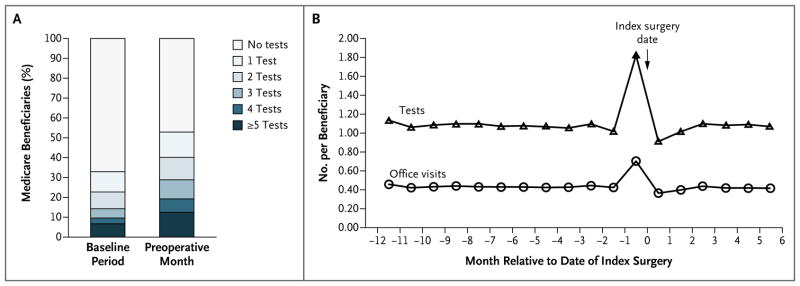Figure 1. Preoperative Testing during the Preoperative Month as Compared with Baseline.
Panel A shows the percentage of Medicare beneficiaries who underwent testing, stratified according to the number of tests performed. Among all beneficiaries, 13% had one test, 11% had two tests, 10% had three tests, 7% had four tests, and 13% had five or more tests during the preoperative month; the corresponding mean percentages of beneficiaries who had these numbers of tests during the baseline period were 10%, 8%, 5%, 3%, and 7%. The proportion of beneficiaries who did not undergo any testing decreased from 67% during the baseline period to 47% during the preoperative month. We calculated the baseline percentages by averaging the percentage of beneficiaries undergoing the specified number of tests each month over the 11-month baseline period. Panel B shows the mean number of tests and office visits per beneficiary per month. Patients underwent a mean of 1.09 tests per beneficiary per month during the 11-month baseline period, as compared with 1.81 tests per beneficiary in the preoperative month — a 66% increase. Office visits increased by 63%, from 0.43 visits per beneficiary per month during the baseline period to 0.70 visits per beneficiary in the preoperative month. The total number of beneficiaries in the denominator includes all patients in the cohort. The number of tests includes only tests commonly requested for a preoperative evaluation (complete blood count, chemical analysis, coagulation studies, urinalysis, electrocardiography, echocardiography, cardiac stress tests, chest radiography, and pulmonary-function tests). The number of office visits includes only office visits to providers commonly asked to give preoperative clearance (general practice, anesthesiology, cardiology, family practice, internal medicine, and geriatric medicine physicians, nurse practitioners, and physician assistants). Office visits to ophthalmologists or optometrists were not included. Panel B was created with data from the subgroup of beneficiaries with 6 months of follow-up after the index surgery (222,741 patients), to show that testing levels returned to baseline after the index surgery. The percentage of testing and office visits during the baseline period and preoperative month in this subcohort were virtually identical to the results in the full cohort.

